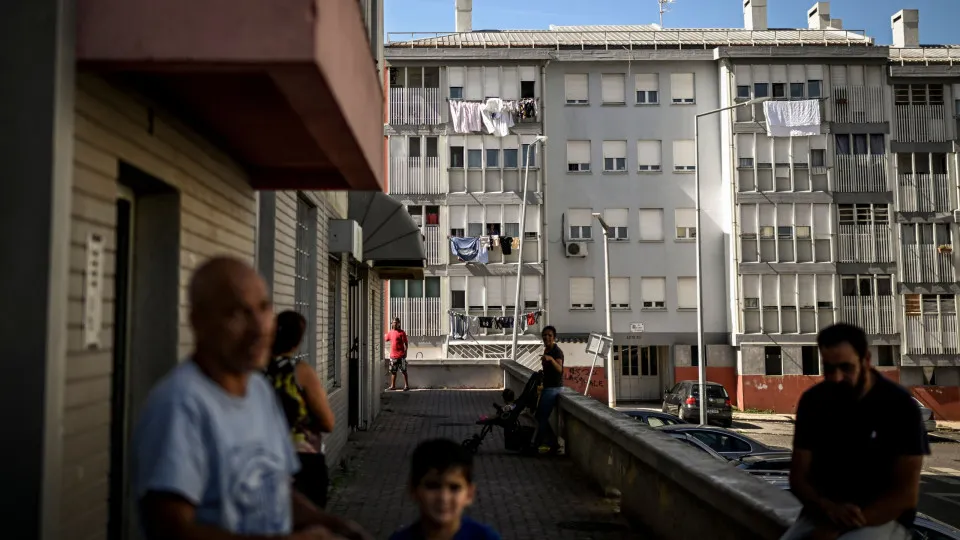The consumer advocacy group DECO PROTeste highlights the critical role of consumer profiles when choosing between fixed or indexed electricity tariffs. What do these terms mean, and how do they differ?
“With attractive rates, indexed electricity tariffs should only be selected by consumers who closely monitor their evolution and are not afraid to take risks in order to switch as soon as prices start to rise,” advises the consumer protection organization.
What are the differences?
In practice, “with a fixed tariff, the supplier agrees with the consumer on a fixed price per kWh, typically for 12 months or every three months,” whereas with “an indexed tariff, the price per kWh varies daily.”
Therefore, in the case of an indexed tariff, “the bill is calculated based on the average daily values recorded during the billing period.”
“This variation occurs because indexed tariffs are tied to the daily price set in the Iberian Electricity Market (MIBEL). Here, wholesale operators trade large quantities of electricity whose prices vary, dictated by supply and demand. As a result, the value of indexed tariffs fluctuates, similar to company stocks in the stock market,” explains the consumer protection organization.
It is also important to note that “to the MIBEL price, suppliers add other costs through complex calculations.”
“These calculations include, for example, management fees, network losses, deviations, system operator services, or network access tariffs. Therefore, keep in mind that you must not only look at MIBEL values. An additional 8 to 10 cents must be added to these to obtain a comparable value per kWh with fixed tariffs,” advises DECO PROTeste.
Fixed or indexed electricity tariff?
The answer “depends on the level of risk you are willing to take on,” noting that “currently, the prices per kWh are very much in line with those of the best fixed tariffs, but there are no guarantees that they will remain so.”
“Moreover, there is always the risk that they could change suddenly. If you decide to take the risk, you will have to monitor the price trends in the Iberian Electricity Market (MIBEL). You will also need to keep track of network access tariffs and others that are included in the suppliers’ calculations,” points out the organization.
Another aspect to consider is that “with an indexed tariff, suppliers are not required to guarantee a price per kWh for a specific period, transferring that risk to the consumer. Therefore, it is up to you to evaluate whether the potential benefit outweighs the risk you are taking.”
“Regardless of the choice, it is important to ensure that you do not choose a contract with a long-term commitment. Make sure you can switch to a more stable tariff at any time,” reads the DECO PROTeste website.

From 2026, domestic consumers will be able to change their tariff option anytime between simple, bi-hourly, and tri-hourly tariffs, according to the new Electric Sector Tariff Regulation approved by the Energy Services Regulatory Authority (ERSE).




